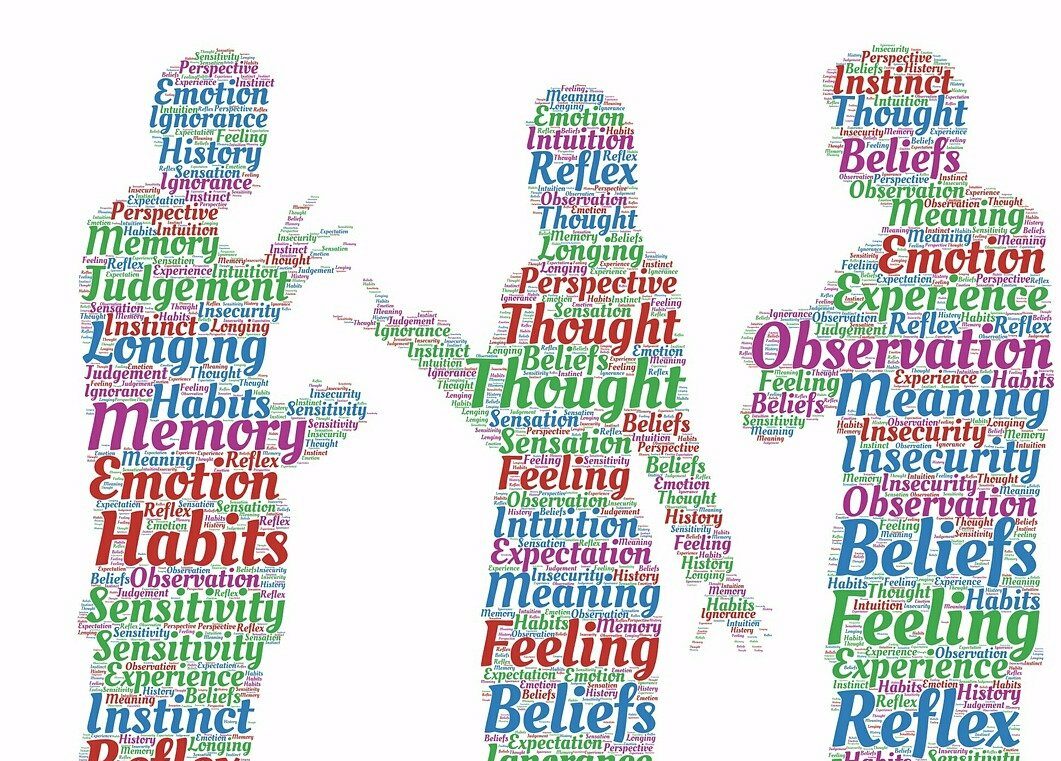
Triangles are mechanisms to deal with the tension or discomfort that will inevitably arise in a two-person relationship. This is because most individuals are not highly differentiated. We have a level of immaturity that leads to tension in our relationships. This often shows up as the tension and discomfort that arises when people disagree. We perceive the disagreement as a threat to ourselves and or the relationship (which is also a threat to ourselves).
Triangles transfer tension
Tension arises from the disagreement between the two individuals. It’s natural to seek another person to get some “agreement” from them. But this seeking of a third is happening because the original two couldn’t openly communicate what they wanted and because one or both had expectations of the other. Two fully responsible individuals that recognize a responsible level of interdependence would end up triangling very little because there would be little tension in their relationship. (There could be tension in their lives, but not in their relationship).
So in therapy (or at work), individuals will seek agreement for their position from the therapist or co-worker and will often want to be told what to do. This is a result of an increased sense of helplessness, another outcome of greater tension and anxiety. The process involves the less mature side of an individual taking over and looking for someone else to be responsible for them. This process of seeking other happens along a continuum, from being very reactive and demanding that someone help them to being much less reactive and merely wanting a second opinion or advice. A key principle of how a triangle works, based on how humans work, is that a calm, objective, thoughtful third person can help the other two find their OWN solution. How, do you ask?
Calmness is the antidote to tension.
One problem humans face is how much subjectivity can come into their thinking. Subjective thinking results from trying to make sense of a situation as quickly as possible. This is a good idea, especially if you live in a predictable environment and your survival depends on it. Our brains work to figure out what we are experiencing as quickly as possible based on past experience. It predicts what is going on in milliseconds, constantly updating our feelings and thoughts. This is subjective and not completely fact-based. The more tension that arises, the more subjective the thinking can (or will) get. This is generally negative because we are wired to give value to negative items, and leads to more tension, creating a negative spiral.
But an individual that doesn’t “catch” the tension, that can remain calmer, helps the other person calm down as well. And calmer people can think more objectively. Very often, just listening calmly to another person allows them to talk about the situation to where they know what they will do. They just needed to “talk it out” with someone.
Use the triangle to ask, not tell.
Questions are powerful. They force a person to use the brain’s more cognitive part, reducing the intensity of the “feeling” circuit. When people have to think about something, they aren’t feeling it. It can e helpful to ask a person how they think about what they are feeling. The other person has far more information about the situation and how it affects them than they can convey. So they are the one that has to think about the solution! But good questions can help them think about the situation differently and more broadly. For example, asking, “do you have any sense why this made you so upset?” asks the other person to search for something in their world. Telling them, “You should try not to let this bother you.” is almost insulting. However, framing the question as “most people don’t get as upset as you are, this must be important to you – do you know what that importance is about?”
Triangles can trick you.
We are hard-wired and raised to be caring for other people. So when someone presents a problem, it’s easy to get caught up in the discussion and feelings the discussion creates. If someone comes to you with a problem, getting caught up in the feelings is not helpful. You don’t want your doctor to be upset for you – you want their best thinking! They can be kind and caring, but I want their best thinking more than anything. I want to be told what I need to be healthy, even if it’s going to be scary or hard. So the challenge of being that third person is to avoid feeling sorry for the other person. They need your best thinking.
Don’t go with the flow.
Dr. Bowen’s early research revealed how clever patients were at getting others involved in their relationship issues. He had to train the staff members on how to be supportive without trying to solve the patient’s issue. He knew individuals grow in maturity by working on defining themselves in relationships and being more responsible for themselves.
So don’t go with the flow next time someone comes to you to be on their side. It’s not easy, but the more calm, thoughtful thinking you can bring, the better. Trust that the other person can think about their problem and decide what they want to do about it. They are more likely to follow through on decisions they made for themselves. And they won’t blame you if it doesn’t work!
Oh, yeah, and now you can think about what you have read and decide for yourself what you want to do with it.
Thank you for your interest in family systems.
Dave Galloway
dave.galloway@livingsytems.ca
Learn more about Bowen family systems theory here.
Watch this thirty-minute video on Bowen Theory in everyday life here.